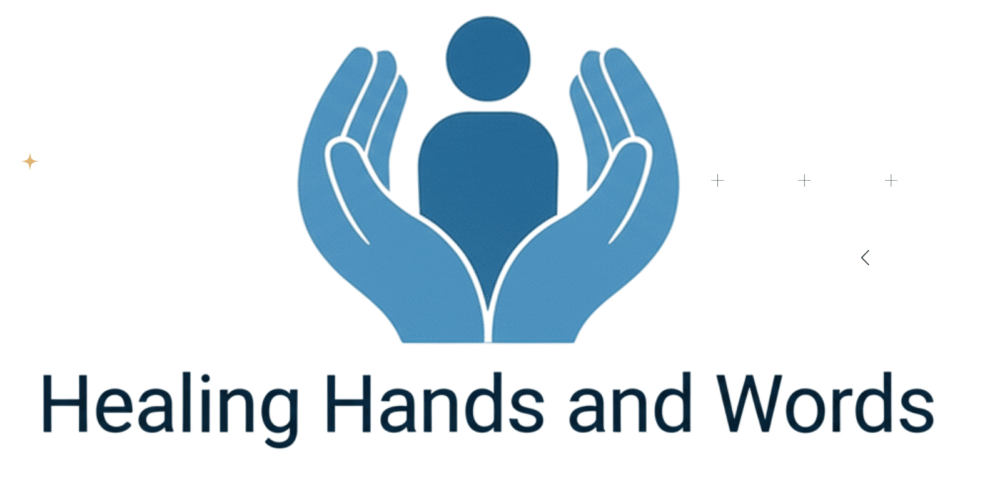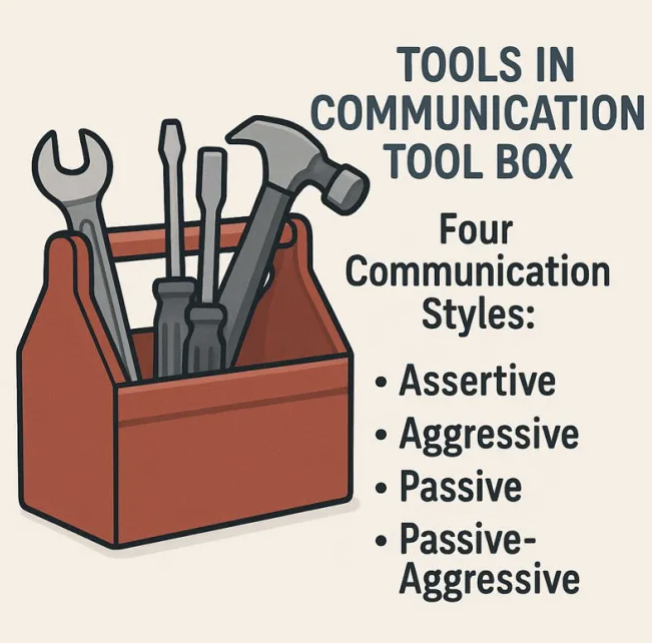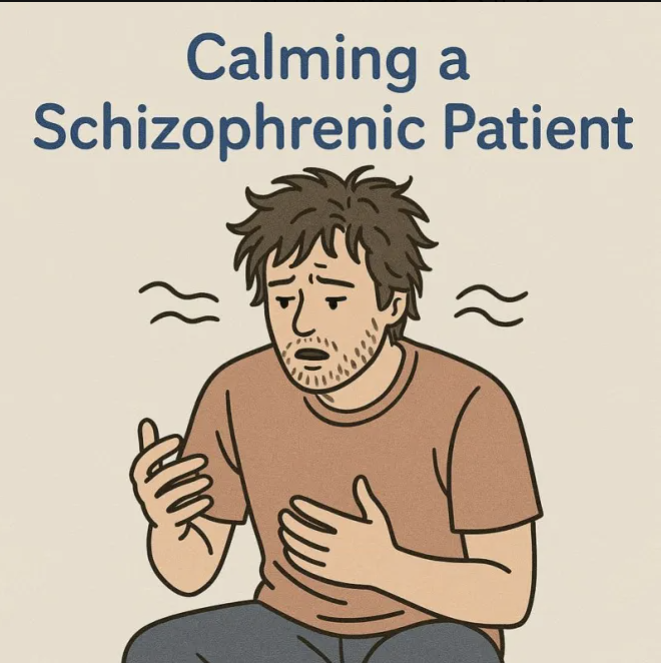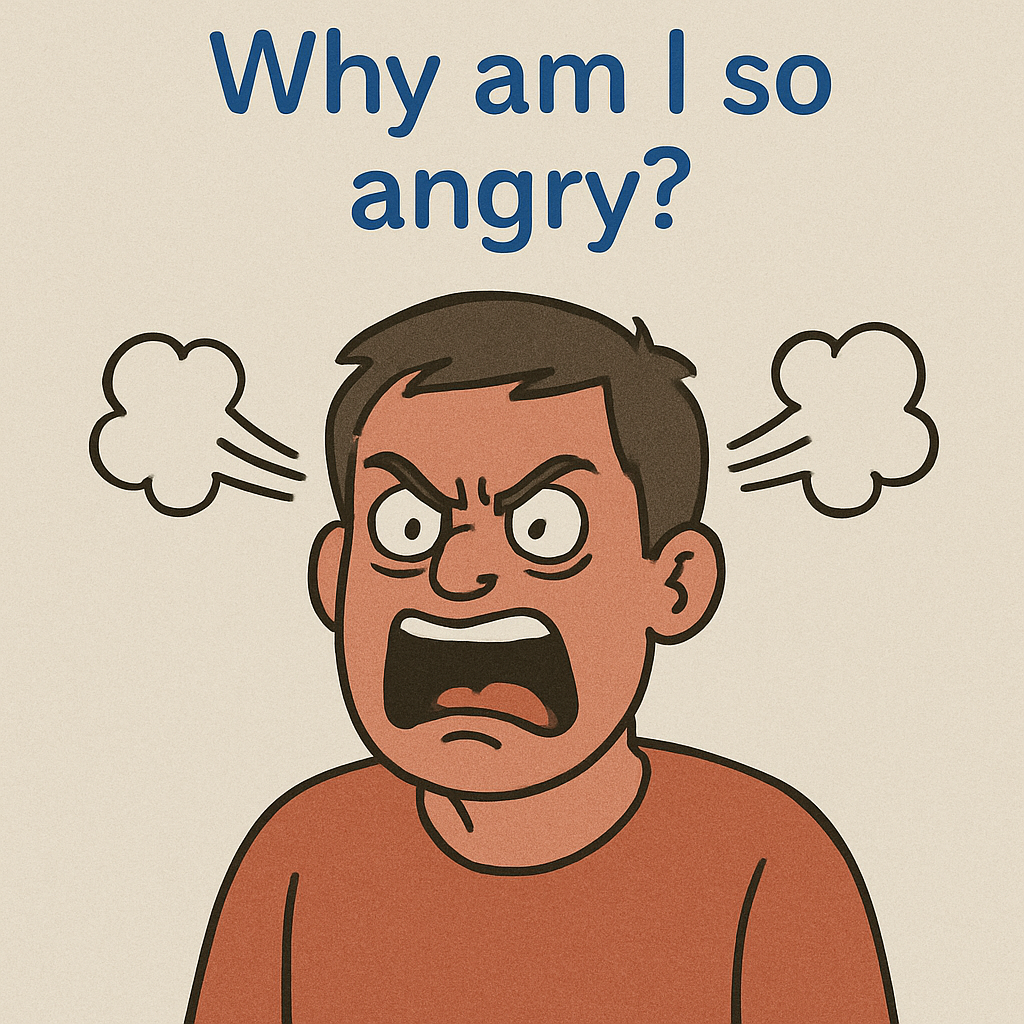Recipe for Healthy Communications with Patients “I won’t tell anyone that you’re seeing a counselor .” Working as a nurse counselor, I frequently talked to patients who avoided counseling due to the stigma of mental health issues .To help a patient feel comfortable talking with a counselor , the use of therapeutic communication skills is used. These skills help the counselor to better understand the patient’s needs and concerns , eventually developing rapport between the two.The goal Is to have the patient feel comfortable talking about their thoughts and feelings.This way the counselor can gain a better understanding of the patient’s needs and problems which will lead to a deeper connection and a patient centered approach .Effective communication between a counselor and a patient follows some basic guidelines . It involves verbal and nonverbal methods allowing the counselor to remain non -judgmental and be attentive to the patient’s needs .Verbal Communication Techniques1.Use open ended questions For example , ask “What is on your mind today ?” or “ What would you like to talk about ?” Don’t ask yes or no questions .2.Use clarifying statements to ensure understanding of their message Failure to communicate clear messages can lead to frustration,confusion and misunderstanding between counselor and patient .To ensure an understanding of a patient’s dialogue , try repeating their statements back to them in your words .3.Attentive listening Active listening is one of the most important tools in good communication . Maintain an open non-judgmental approach while listening . It is important to keep a compassionate attitude , listening in a calm ,compassionate ,non-jugmental way . This demonstrates a better understanding of their needs and concerns .4.Remaining silent aids in active listening . It is helpful when a patient is disclosing personal information or struggling to find the right words to stay silent .This allows the patient time to process their thoughts and feelings .A kind and respectful approach leads to a positive bond between counselor and patient . It helps them to realizethat they can trust you . Then ,they will begin addressing their issues and concerns .Nonverbal Communication TechniquesBe observant of a patient’s nonverbal cues as well as being aware of your own . Nonverbal communication occurs when a person demonstrates their thoughts,feelings , and mood through visual cues which do not always match their words . A patient may say that they are happy and have no smile ,poor eye contact,and be slouching in their seat.Nonverbal cuesEye contactFacial expressionTone of voiceBody language including postureGestures Eye contact : If a patient can not maintain eye contact for two or three seconds before looking away ,it could be anxiety or nervousness .Facial expressions: A smile can convey happiness. Tightened facial muscles can indicate stress or anger .Tone of voice : Notice the patient’s tone of voice , a loud voice can appear overbearing or angry .While a soft voice can come across as shy or not a good communicator.Body language including posture : The way we position ourselves sends a message of self-confidence,disinterest,shyness,or anxiety .Gestures : Be observant of hand gestures and common mannerisms ,such as shoulder shrugging . Gestures can be culturally motivated .A counselor must always be aware of their own non-verbal cues .Failing to pay attention to non-verbal cues can lead to misunderstandings and misinterpretations. If the counselor uses these verbal and non-verbal cues during a session,rapport will be developed . The counselor will have a good understanding of the patient’s needs and problems.They will have a successful journey in their therapeutic sessions.



